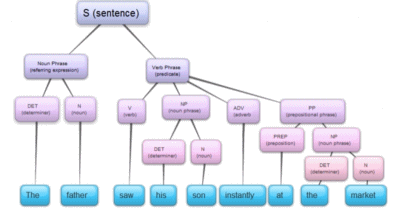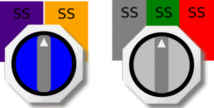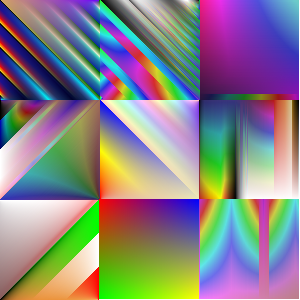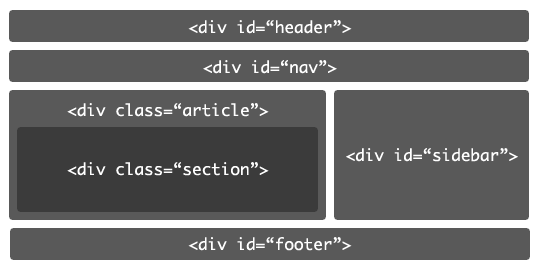|
Introduction How to specify and use CSS in your HTML pages: there are different ways to do it. To specify multiple classes, separate the class names with a space.
|
|
Selectors CSS Syntax |
|
Gradients Between 2008-2012 browser writers made programmed gradients work, both linear and radial although at this time of writing (dec 2012) none have made the commands work per the spec and all require browser prefixes still.
|
|
Color New methods for using color and transparency. |
|
Div |
|
Background When using the shorthand property the order of the property values is:
|
|
Fonts |
|
Borders/Lines
Border: where style is one of:
The HTML <HR> element is controlled the same way. The default behaviour is given by:
hr {
display: block;
margin-top: 0.5em;
margin-bottom: 0.5em;
margin-left: auto;
margin-right: auto;
border-style: inset;
border-width: 1px;
}
|
|
Conics Shapes and Geometry - Conical Sections
Advanced : Geometry for programmers
|
|
Characters HTML5 has 40960 characters. No single font in the world has all of them (some come close) and many useful odd characters can be found in many common fonts. |
|
Flexbox |
|
Variables CSS variables are entities defined by CSS authors that contain specific values to be reused throughout a document.
accessed using the var() function |
|
Shadow Box shadow and text shadow are the only two forms of shadow effect available.
|
|
SVG
|
|
Units of measurement There's more than just PX! There are over a dozen different ways to specify dimension other than with PX |
|
Canvas
|
|
Backgrounds |




















